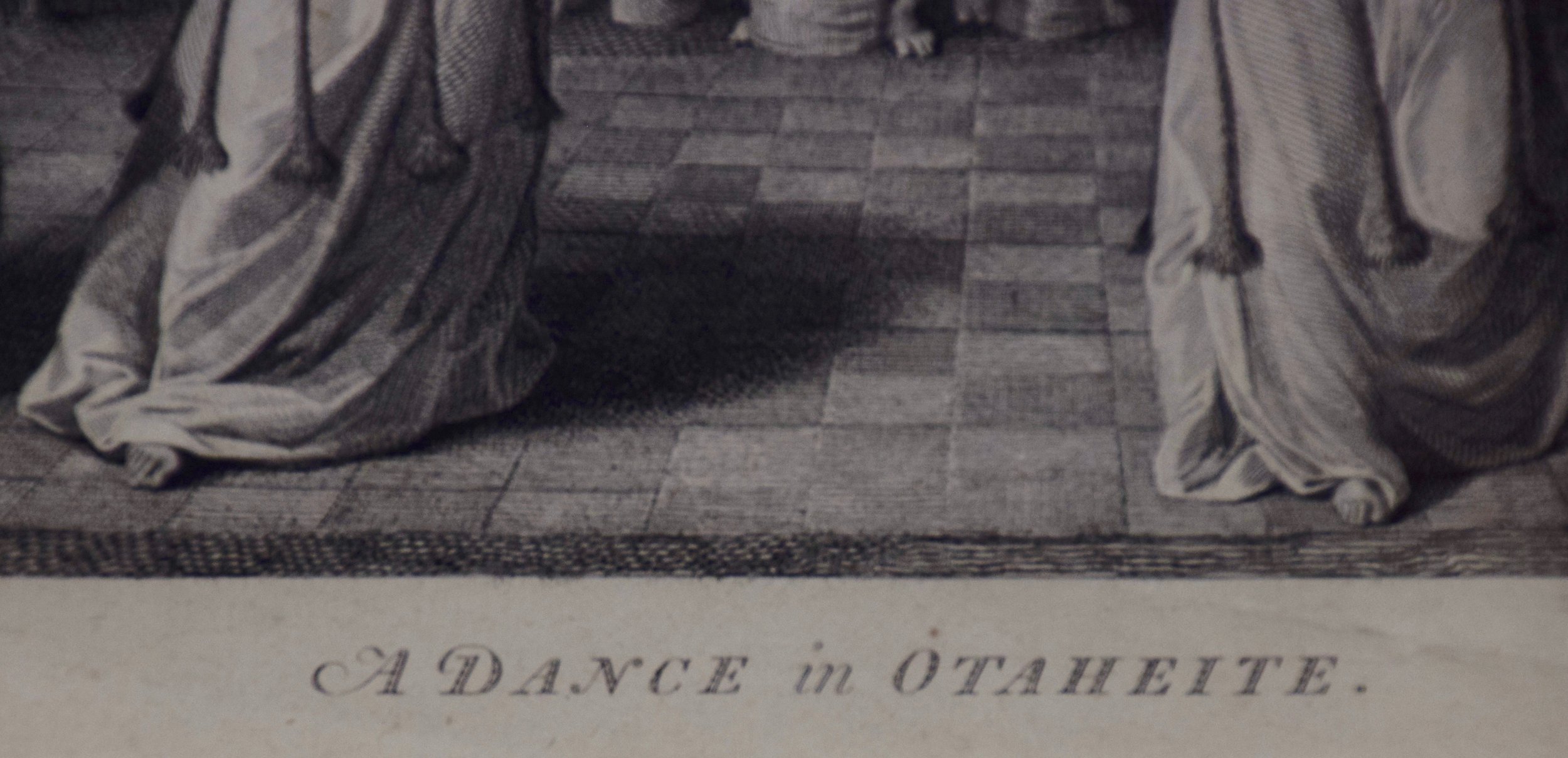Hadrian's Mausoleum, Castel S. Angelo: A Framed 18th Century Etching by Piranesi
This large framed 18th century etching by Giovanni Battista Piranesi entitled "Veduta del Mausoleo d'Elio Adriana ora chiamato Castello S. Angelo nella parte opposta alla Facciata dentro al Castello" (View of the Mausoleum of the Emperor Hadrian) (now called Castel S. Angelo), published in Rome in 1756 in Piranesi's Vedute di Roma (Views of Rome), This etching depicts the Castel S. Angelo, which is an imposing fortress. The buildings at the top of the structure served as a comfortable and secure place for the pope to go when he was in danger. The path atop the large arches on the right leads to and from the Vatican Palace.
Creator: Giovanni Battista Piranesi (1720-1778, Italian)
Creation Year: 1756
Dimensions: Height: 28.88 in (73.36 cm)
Width: 37.25 in (94.62 cm)
Depth: 1.25 in (3.18 cm)
Medium: Etching
Condition: See description below.
This large framed 18th century etching by Giovanni Battista Piranesi entitled "Veduta del Mausoleo d'Elio Adriana ora chiamato Castello S. Angelo nella parte opposta alla Facciata dentro al Castello" (View of the Mausoleum of the Emperor Hadrian) (now called Castel S. Angelo), published in Rome in 1756 in Piranesi's Vedute di Roma (Views of Rome), This etching depicts the Castel S. Angelo, which is an imposing fortress. The buildings at the top of the structure served as a comfortable and secure place for the pope to go when he was in danger. The path atop the large arches on the right leads to and from the Vatican Palace.
Creator: Giovanni Battista Piranesi (1720-1778, Italian)
Creation Year: 1756
Dimensions: Height: 28.88 in (73.36 cm)
Width: 37.25 in (94.62 cm)
Depth: 1.25 in (3.18 cm)
Medium: Etching
Condition: See description below.
This large framed 18th century etching by Giovanni Battista Piranesi entitled "Veduta del Mausoleo d'Elio Adriana ora chiamato Castello S. Angelo nella parte opposta alla Facciata dentro al Castello" (View of the Mausoleum of the Emperor Hadrian) (now called Castel S. Angelo), published in Rome in 1756 in Piranesi's Vedute di Roma (Views of Rome), This etching depicts the Castel S. Angelo, which is an imposing fortress. The buildings at the top of the structure served as a comfortable and secure place for the pope to go when he was in danger. The path atop the large arches on the right leads to and from the Vatican Palace.
Creator: Giovanni Battista Piranesi (1720-1778, Italian)
Creation Year: 1756
Dimensions: Height: 28.88 in (73.36 cm)
Width: 37.25 in (94.62 cm)
Depth: 1.25 in (3.18 cm)
Medium: Etching
Condition: See description below.
This magnificent etching is printed on heavy laid, chain-linked, deckle edge paper. It is presented in a brown-colored wood frame and a gray mat. It is glazed with UV conservation glass. All mounting materials used are archival. The frame measures 28.88" high by 37.25" wide by 1.25" deep. There is a central vertical fold, as issued. The print is in very good condition.
Piranesi began collecting, restoring and selling ancient architectural objects in the 1760's in partnership with Thomas Jenkins and Gavin Hamilton, who had financed numerous excavations in the Pantanello area of Hadrian’s Villa at Tivoli. In 1768 Piranesi began creating etchings depicting these objects. The plates were eventually published together as a set in 1778 in "Vasi, Candelabri, Cippi, Sarcofagi, Tripodi, Lucerne ed Ornamenti Antichi". Piranesi dedicated many of the plates to patrons, colleagues, good customers and influential people. Many of the antiquities shown in Vasi were eventually sold to King Gustav III of Sweden by Piranesi's son, Francesco Piranesi, after his father’s death, and now reside in the National Museum in Stockholm.
Piranesi was born in Venice in 1720 and died in Rome in 1778. He was the son of a stone mason and was trained as an architect. After a slow start he eventually achieved great success as an architect, archaeologist, artist, designer, collector, and antiquities dealer. His mission was to glorify the architecture of ancient Rome through his engravings and etchings. His highly dramatized prints often depict imaginary interiors and frequently include figures in mysterious activities, who are dwarfed by the magnitude of their monumental surroundings. Piranesi was knighted by the Pope in 1765 and he was elected a Fellow of the Society of Antiquaries in England in 1757. Piranesi's style greatly influenced the neoclassical art movement of the late 18th century. His dramatic scenes inspired generations of set designers, as well as artists, architects and writers. His prints have continued to increase in value to institutions and collectors.
References: Wilton-Ely 1994 211
Focillon 1918 760
Hind 1922 78




































